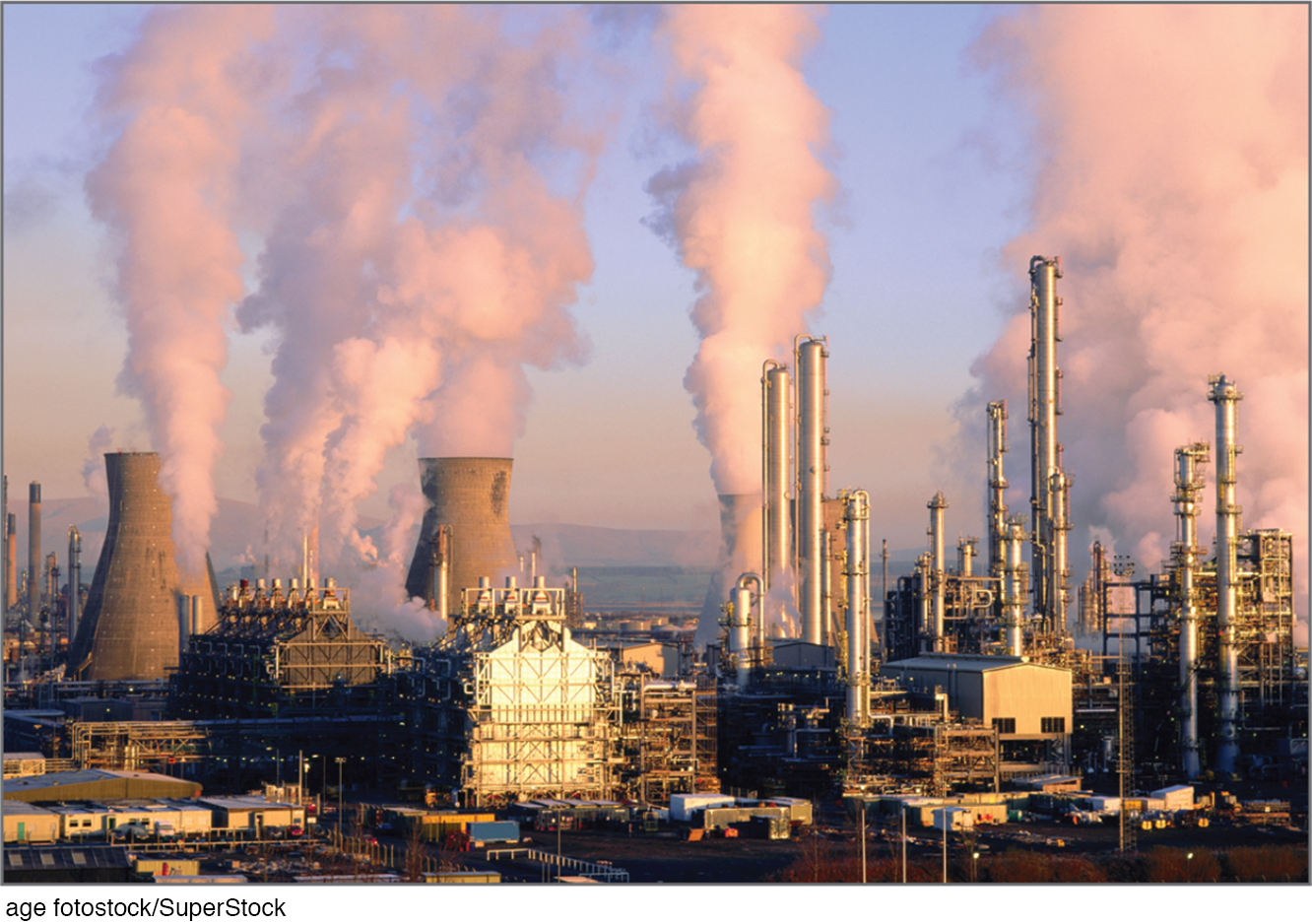chapter summary
16
chapter summary
Section 1 What Is Economics About?

1.1 Economics is the study of how individuals, firms, and societies make decisions to improve their well-

Scarcity is the idea that people have unlimited wants but limited resources. Resources can be money, time, ability, work ethic, or anything that can be used to generate productive outcomes.
Scarce versus scarcity: Large uncut diamonds are scarce—
1.2 What Is the Difference Between Microeconomics and Macroeconomics?
M“i”croeconomics deals with individual entities, such as individuals, firms, and industries. (Remember “i” = “individual”.)
M“a”croeconomics deals with aggregate entities, such as cities or the nation. (Remember “a” = “aggregate” or “all”.)
1.3 Economic analysis uses a stylized approach: models boil issues and facts down to their basic relevant elements.

How governments deal with pollution is an important problem that can be addressed using economic analysis.
1.4 To build models means that we make use of the ceteris paribus assumption and hold some important variables constant. This useful device often provides surprising insights about economic behavior.
1.5 Economists and policymakers often confront the tradeoff between efficiency and equity. Efficiency reflects how well resources are used and allocated. Equity (or fairness) of an outcome is a subjective matter, where differences of opinion exist.

17
Section 2 Key Principles of Economics
1.6 1. Economics Is Concerned With Making Choices With Limited Resources
1.7 Economics involves making decisions to maximize one’s well-

“We should have done something different this weekend….”
2. When Making Decisions, One Must Take Into Account Tradeoffs and Opportunity Costs
Choice and scarcity force tradeoffs because we face unlimited wants but limited resources. We must make tradeoffs in nearly everything we do. Opportunity costs are resources (e.g., time and money) that could be used in another activity. Everything we do involves opportunity costs, the value of the next best alternative use of our resources.
3. Specialization Leads to Gains for All Involved
Specializing in tasks in which one is comparatively better at doing than another allows individuals to achieve productivity gains as long as the work is shared in a mutually beneficial manner.
4. People Respond to Incentives, Both Good and Bad
Incentives encourage people to work hard and be more productive.

Rewarding the top salesperson in the company creates a valuable incentive to work hard.

Maximizing your food intake at a buffet is not thinking at the margin if you end up bloated from overeating.
5. Rational Behavior Requires Thinking on the Margin
When making a decision involving benefits and costs, one should continue to consume or produce as long as the marginal (additional) benefit exceeds the marginal (additional) cost.
6. Markets Are Generally Efficient; When They Aren’t, Government Can Sometimes Correct the Failure
Markets bring buyers and sellers together. Competition forces firms to provide products at the lowest possible price. New products are introduced to the market and old products disappear. This dynamism makes markets efficient. In some instances, though, markets might fail, such as in dealing with pollution, leading governments to intervene to correct the failure.

Market equilibrium often is achieved by letting market participants make decisions freely.
7. Economic Growth, Low Unemployment, and Low Inflation Are Economic Goals That Do Not Always Coincide
Economic growth is an important factor in improving the standard of living in a country. A government uses various policies to promote economic growth by keeping unemployment and inflation low. However, addressing one goal (unemployment) often comes at the expense of the other (inflation).
8. Institutions and Human Creativity Help Explain the Wealth of Nations
Institutions include the legal system, laws and policies, a government free of corruption, and a strong monetary system. Ideas and innovation lead to new products and improve on existing ones, raising the standard of living of all residents.